Background: Employees' satisfaction and motivation are major drivers of job productivity, especially among teachers of healthcare providers such as nurses and midwives.
Objective of study: To determine factors that influence teachers' motivation in Colleges of Nursing and Midwifery in Borno and Yobe states of Nigeria. Specifically, to assess the level of teachers' motivation and their relationship with the performance of the teachers in the selected colleges.
Materials and methods: This descriptive and quantitative questionnaire-based survey randomly (stratified) selected 120 participants (teachers) from the selected colleges. Multidimensional Work Motivation Scale (MWMS) was used to assess the level and employees' work motivation based on their psychological responses to different personal and organizational factors in the work situation and environment. Data were analysed using Statistical Package for Social Science Version 23.0.
Results: Of all the study participants, 64 (54%) were males. Also, 77% of them were married while only 7% were single. Those between 36-40 years made the highest, 49 (41%) while those < 27 years were the least, 1 (1%). The majority of them, 85 (70%) had a bachelor's degree, but a few, 3 (2%) had obtained a doctorate. Those with 6-10 years of teaching experience made the highest (34%). Of all the analyses made, the influence of infrastructure had the highest MWMS mean ± SD (29.22 ± 3.66), followed by the effects of Monetary rewards (26.77 ± 4.33), and the least was the influence of operational facilities (17.64 ± 2.81). The result of the study revealed that the level of staff performance in the study areas was relatively high, and the level of staff motivation was low.
Conclusion: Based on the findings, prompt teacher promotion, lucrative payment and job satisfaction are the principal factors guiding the mind and perception of teachers as a vehicle for transmitting, generating and enhancing teacher's job performance in selected colleges.
Nurses teachers, Staff performance, Job motivations, College of Nursing
Teacher motivation has become an important issue given their responsibility to impart knowledge and skills to learners. It is argued that satisfied teachers are generally more productive and can influence students' achievement [1]. Motivation and performance are particularly important determinants of organisational success and achievements. If changes occur in the external environment, then an organization must adopt that change because it may motivate to gain a competitive advantage. For this, the main thing they required is skilled and competent teachers [2]. The motivation of teachers can be in the form of regular payment of salary, fringe benefits, such as allowance, bonus on the job training, promotion of the teachers, provision of good working environment, maintaining a high degree of relationship and improving the teachers' general well-being [3]. Hence, teachers that enjoy the above-named items are bound to give their best in discharging duty because; they would derive the satisfaction of being a teacher [4].
Teacher motivation refers to those variables and factors that influence teachers to do things. In its more technical usage, teacher motivation is seen as a psychological concept. It is regarded as a process of organizing behaviour in progress and channelling behaviours into a specific course. It is a process of stimulating, channelling, and sustaining positive behaviour. According to Asemah [5], teacher motivation is a general term applying to the entire class of drives, desires, needs, wishes and similar forces initiated by teachers, to induce them to act in a desirable academically productive manner [5].
Teachers have been shown to have an important influence on students' academic achievement and they also play a crucial role in educational attainment because the teacher is ultimately responsible for translating policy into action and principles based on practice during interaction with the students [6]. Performance is something, a single person does. The performance of teachers in schools is highly affected by motivation. Teachers' performance automatically reached towards high level when motivated. In schools, teachers' performance can be mapped well by arranging training programs for the teachers, and they will get motivated, and their confidence will also increase. Motivation has a direct and positive effect on job performance when we properly account for the effort. The effort has a positive effect on job performance and that motivation has a significant effect on job performance [7].
Because of increased emphasis on high-stakes testing, teacher characteristics have traditionally been measured through student outcomes such as test scores [8]. Ekundayo [9] opined that the academic performance also known as academic achievement/academic attainment is the outcome of education; it constitutes the extent to which a student, teacher or institution has achieved their educational goals.
Most professional trained teachers always give in their best in carrying out their duties and responsibilities. However, it is pertinent that teachers' activities must be compensated or rewarded as an encouragement as well as enabling them to work harder to achieve the main objective of teaching and learning processes. The absence of motivation has a negative effect on the standard of education in the country as the students are being deprived of the needed knowledge because the teachers are to be motivated to impart the needed knowledge. Hence, the problems associated with this negative attitude towards motivation could result to massive student failure. In view of these, the current study aims to determine factors that influence teachers' motivation in Colleges of Nursing and Midwifery in Borno and Yobe states of Nigeria. Specifically, to assess the level of teachers' motivation, determine the influence of professional development on teachers' motivation, as certain the influence of operational facilities on teacher motivation and determine whether differences exist in teachers' motivation between Borno and Yobe States.
Borno and Yobe states are located in the North-Eastern part of Nigeria. The region has also faced insurgency for the past 10 years which has resulted in both local and international migration of people with major socioeconomic consequences including education and healthcare delivery systems. The educational status of these states may have implications not just for Nigeria but for the neighbouring countries in the Lake Chad sub-region.
This study adopted a descriptive survey research design which is a method of collecting information by interviewing or administering a questionnaire to a sample of individuals.
The researcher deemed the design appropriate for the study as it allowed for investigation of how different factors affect teacher motivation and its reflection on students' academic achievements.
The target population for this study will comprise teachers in the Colleges of Nursing in both Borno and Yobe states, Nigeria.
Approval was obtained from the research ethics committee of all the schools visited for data collection by the researcher before the commencement of this study. The researcher and assistants explained the summary of the research objectives to the respondents.
Respondents were not coerced into participating in the study. The participants were informed to choose to participate or not (informed consent). Respondents were guaranteed that their privacy would be protected following a strict standard of anonymity and confidentiality.
Teachers were selected by simple randomization until the required sample size was achieved. Two (2) research assistants were employed to facilitate the administration of questionnaires and collection of data from the subjects of the schools visited.
Structured questionnaires as an instrument for data collection for the conduct of this study: This was based on an adopted international tool called the Multidimensional Work Motivation Scale (MWMS) which was developed by Gagne, et al. [10]. It is a 19-item scale that was used for assessing both the level and the orientation of employees' work motivation based on their psychological responses to different personal and organizational factors in the work situation and environment. It included five measurement sub-scales namely: Regulations: Intrinsic motivation level (3 items), external regulations (6 items), introjected regulation (4 items), and identified regulation (3 items), plus the fifth aspect of motivation which is called motivation (3 items). Items were structured using the 7-point Likert rating format of 1 = not at all to 7 = completely. The total score ranged from 19 to 95, with 19-32 indicating low work motivation level, 33-64 representing moderate work motivation level and 65-95 points to high work motivation.
The questionnaires have 5 sections, viz: Section A dealt with demographic information of the respondents consisting of the type of school, sex, marital status, age groups, highest educational qualification, and years of teaching experience. Section B dealt with measures on factors of professional development influencing teachers' motivation. This is composed of 10 items. Section C had questions on the influence of operational facilities on teachers' motivation. This section contained 8 items. Section D dealt with the influence of remuneration/financial benefits on teachers' motivation, made-up of 12 items. Section E was on the influence of infrastructure on teachers' motivation. Section F measures the dependent variable, which is referred to as the teachers' motivation scale.
To ensure validation of this research instrument which is a combination of researcher-developed and internationally recognized adapted tools, the instrument is shown to the study supervisor(s) to ascertain its importance, contents, sub-components and clarity. To ensure the content validity of the research tool for Nigerian teachers in Colleges of Nursing and Midwifery and to identify the level of teachers' motivation in both Borno and Yobe states, the questionnaire's validity was tested for the current study through a pilot study.
A pilot study is carried out on 30 participants who were not part of the wider study. They were requested to respond on how long it would take to complete the questionnaire, and whether all items were understood clearly and unambiguously. The results were subjected to reliability analysis. Cronbach's alpha method was also used to measure the reliability of the research tool in this investigation.
This study collected and analyzed primary data from the copies of the questionnaire distributed. The process involved the identification and correcting of errors in the data (data cleaning) and performing some preliminary analysis. In other words, the data gathered are properly cleaned and examined for errors to enhance data entry, and missing values and ensure no violation of statistical assumptions such as normality, linearity etc. This was facilitated with the help of computer software called Statistical Packages for Social Sciences (IBM SPSS, version 23). Descriptive statistics consisting of frequency, percentage, mean and standard deviations were used to analyze both the demographic data and research variables by determining factors influencing teachers' motivation in Colleges of Nursing and Midwifery in both Borno and Yobe States. While inferential statistical techniques were used to test the null hypotheses.
The response rate for this study was calculated based on the number of copies of the questionnaire distributed, filled and collected out of the total number administered based on the research design adopted in this study. A total of 136 copies of the researcher-developed questionnaire were distributed among respondents in the Shehu Sule, College of Nursing and Midwifery, Damaturu, Yobe State, University of Maiduguri Teaching Hospital, School of Nursing, Maiduguri and Borno State College of Nursing and Midwifery, Maiduguri, Borno State. A total of one hundred and twenty (120) duly completed and verified the questionnaire, representing 88% of the total number distributed, collected and used for data analysis (Table 1).
Table 1: Respondents' response rate. View Table 1
The total number of 120 respondents for this research were sampled from three institutions in both Borno and Yobe states. Twenty-eight (23%) of the respondents were teachers from Shehu Sule, College of Nursing and Midwifery, Damaturu, Yobe state, 49(41%) of the respondents are from University of Maiduguri Teaching Hospital, School of Nursing, Maiduguri, while 43(35%) of the teachers are from Borno State, College of Nursing and Midwifery, Maiduguri (Figure 1).
 Figure 1: Distribution of the institutions. View Figure 1
Figure 1: Distribution of the institutions. View Figure 1
The sex distribution of the respondent shows that males were 64(54%) and female were 56(46%). In conclusion majority of the respondent are males in this study (Figure 2).
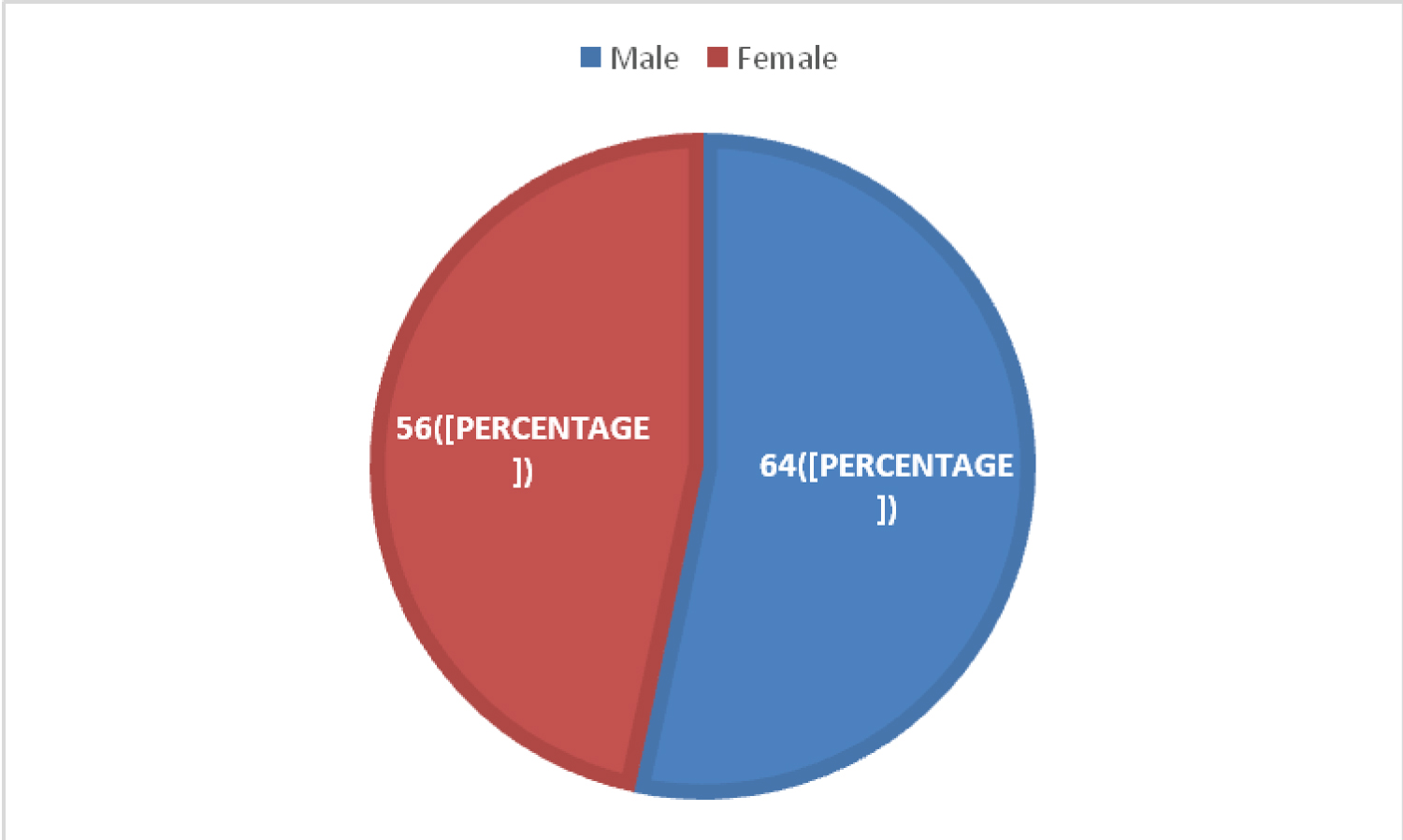 Figure 2: Sex distribution of the respondent. View Figure 2
Figure 2: Sex distribution of the respondent. View Figure 2
Based on marital status, single respondents were 9 (7%), married 93 (77%), divorcees are 9 (8%), and widowed were 9 (8%) (Figure 3).
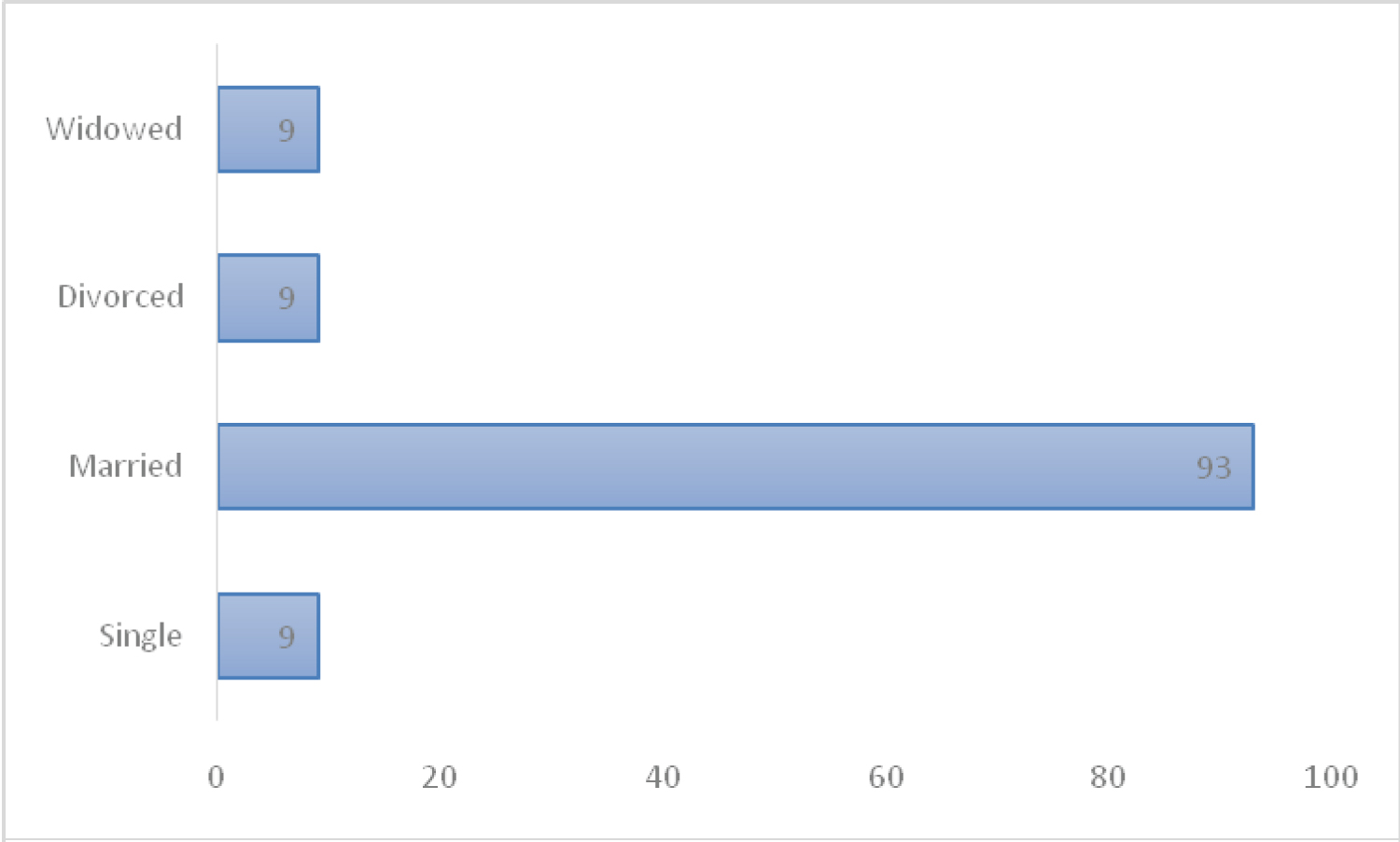 Figure 3: Marital status of the respondents. View Figure 3
Figure 3: Marital status of the respondents. View Figure 3
One of the respondents (1%) was less than 27 years, 31(25%) respondents are between 28-35 years, 49(41%) are between 36-40 years, and 39(33%) were within ≥ 44 years. In conclusion majority of the respondents are between 36-43 years (Figure 4).
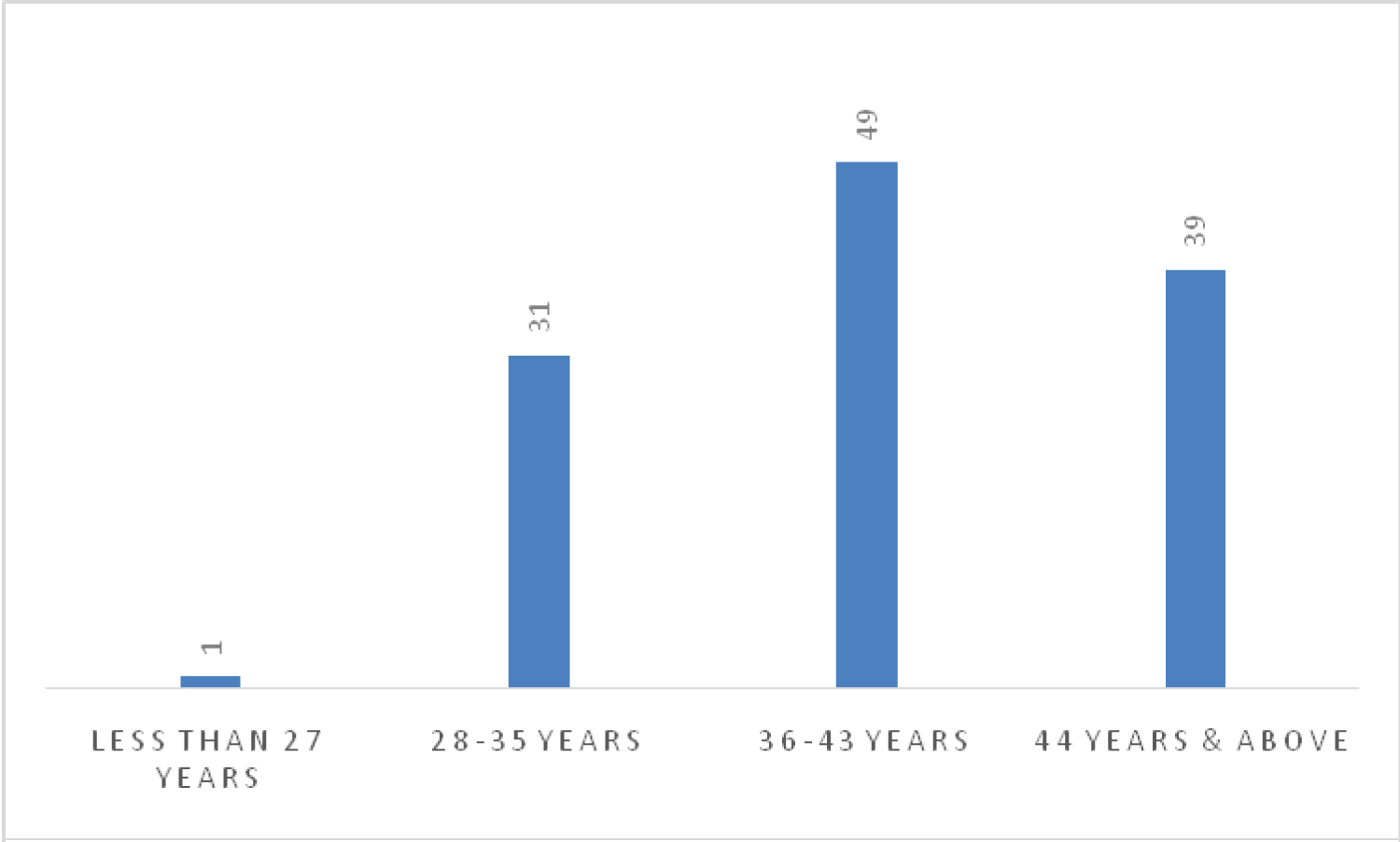 Figure 4: Regeneration of 2nd Metatarsal. View Figure 4
Figure 4: Regeneration of 2nd Metatarsal. View Figure 4
Five (4%) of the respondents had diploma certificate, 85(70%) had bachelor's degree, 27(24%) of the respondents earned a master's degree and 3(2%) had obtained PhD (Figure 5).
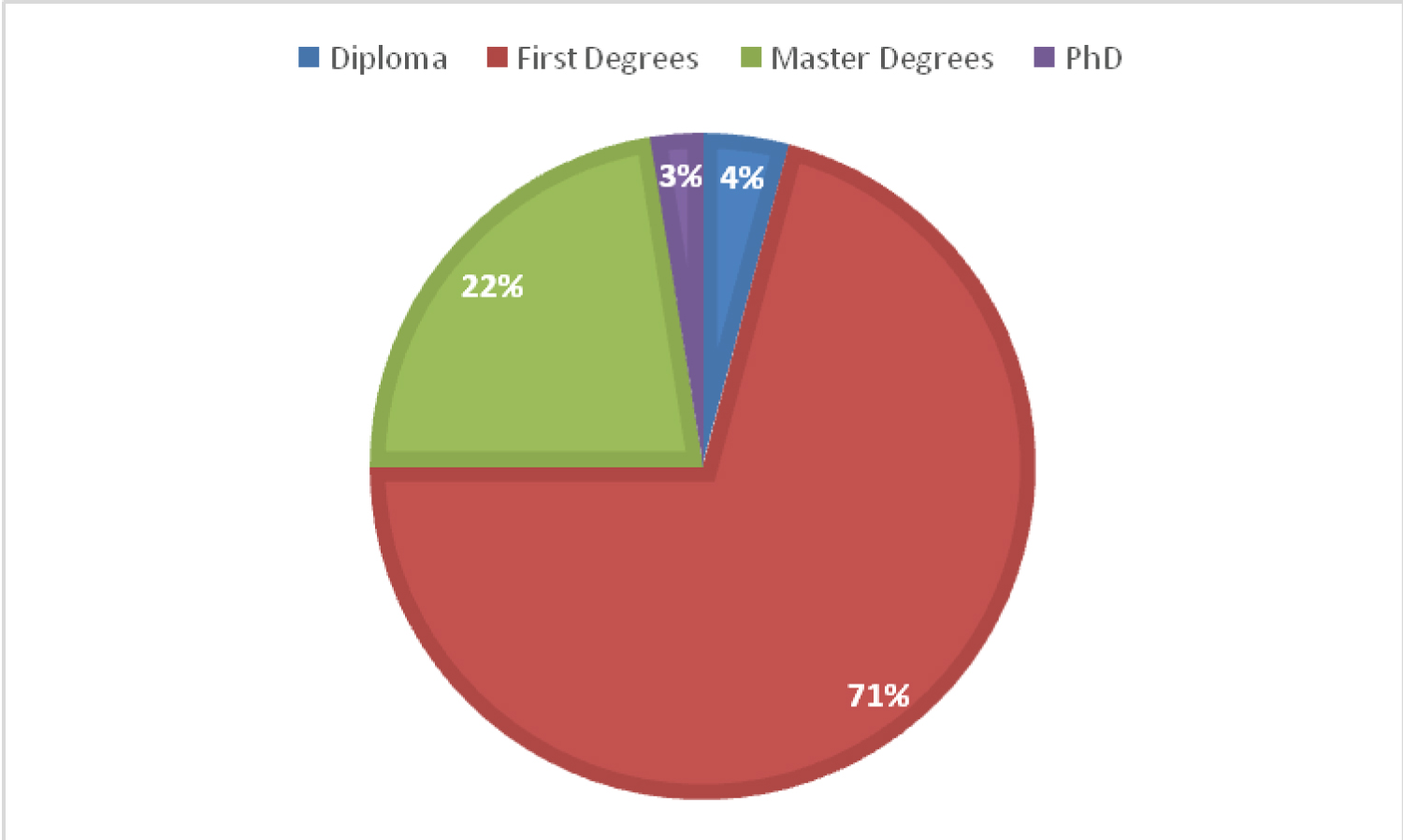 Figure 5: Highest academic qualification of the respondents. View Figure 5
Figure 5: Highest academic qualification of the respondents. View Figure 5
Eighteen (15%) had between 1 month - 5 years of teaching experience, 41(34%) respondents had 6-10 years, 32(27%) respondents had worked for 11-20 years, while 29(24%) respondents had 21-35 years (Figure 6).
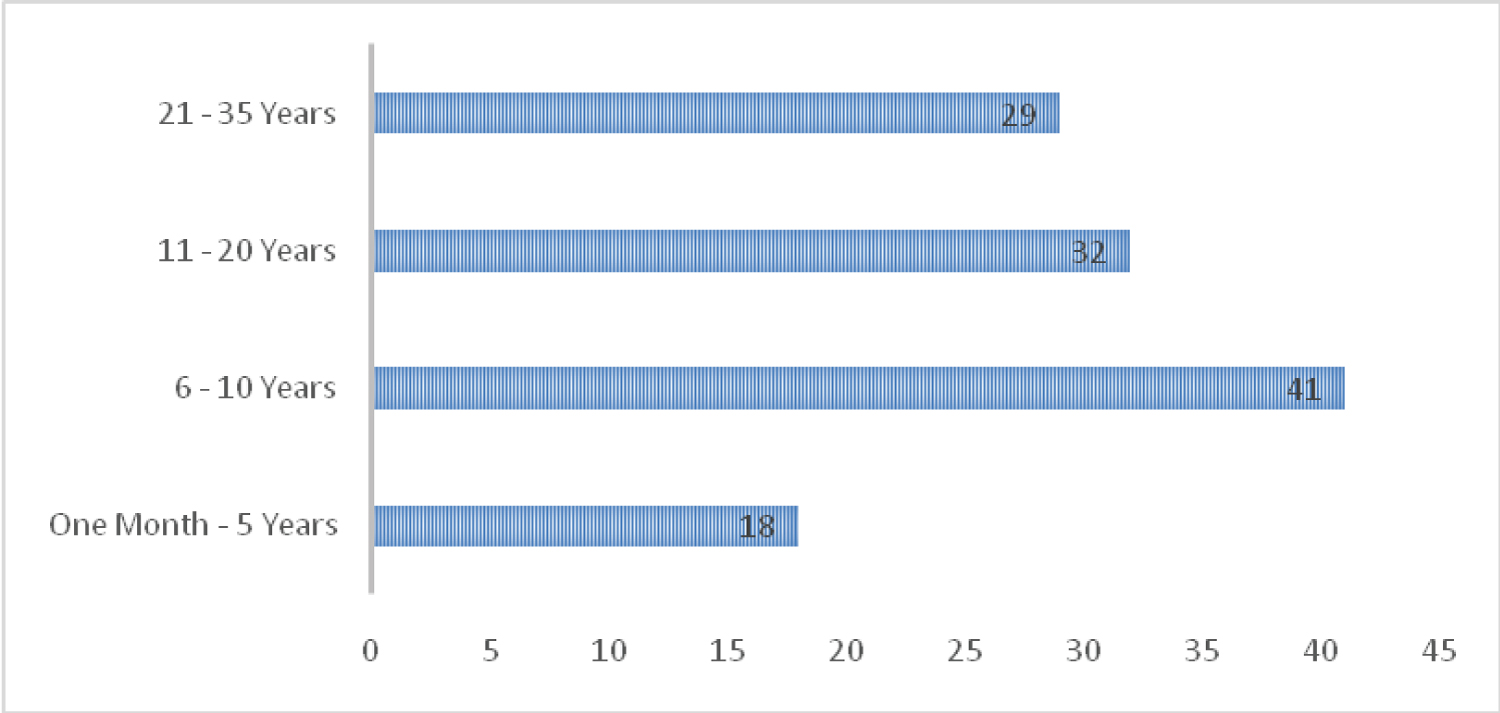 Figure 6: Teaching experience of the respondent. View Figure 6
Figure 6: Teaching experience of the respondent. View Figure 6
Table 2.
Table 2: Mean and standard deviation of research variables. View Table 2
The grand mean of 3.45 and SD of 0.99 were found and the mean is higher than the cut-off point of 3, implying that the respondents generally agreed with the effect of professional development of teachers in both Borno and Yobe States. Item-by-item analysis indicates that item No 7 had the highest mean score (M = 3.97, SD = 0.96) stating that participating in opportunities for professional growth are important to me as a teacher (Table 3). However, item No 5 had the lowest mean score (M = 2.81, SD = 0.76). This indicated that there was the involvement of teachers in decision-making in their college (Table 3).
Table 3: Respondents' response on effects of professional development on teachers in Borno and Yobe states. View Table 3
The grand mean of 3.53 and SD of 0.97 were found. Of which the mean was greater that the cut-off point of 3.00, implying that the respondents generally agreed on the influence of operational facilities on teachers' motivation. Item-by-item analysis indicates that item No 8 (The College provides teaching -learning Resources and materials) had the highest mean score (M = 3.78, SD = 0.99) while item No 9 (Enough teaching materials are provided in my College) had the lowest mean score (M = 3.24, SD = 1.17) among the respondents (Table 4).
Table 4: Respondent's response on the influence of operational facilities on teachers' motivation. View Table 4
It was found that the grand mean of 3.00 and SD = 1.01 of which the mean was equal to the cut-off point of 3, implying that the respondents generally agreed with the Effects of Professional Development on Teachers in Borno and Yobe States (Table 5). Item-by-item analysis indicated that item No 13 had the highest mean score (M = 4.26, SD = 0.68) which indicated that allowances for marking are paid in my college, while item No 17 had the lowest mean score (M = 2.24, SD = 0.95). This indicated that Housing allowances are paid regularly in this College) (Table 5).
Table 5: Respondents' response on effects of professional development on teachers in Borno and Yobe states. View Table 5
It was found that the grand mean of 3.65 and SD of 0.74 of which the mean was greater that the cut-off point of 3.00. This implied that the respondents generally agreed on the influence of infrastructure on Teachers' motivation. Item-by-item analysis indicates that item No 23 (The College is located within easy reach by both teachers and students.)” had the highest mean score (M = 4.04, SD = 0.91), while item No 25 (The College provides adequate infrastructural facilities for students and teachers) had the lowest mean score (M = 2.63, SD = 0.39) among the respondents (Table 6).
Table 6: Respondents' response on influence of infrastructure on teachers motivation. View Table 6
It was found that the grand mean of 3.54 and SD of 1.68. Of which the mean was less than the cut-off point of 4. This implied that the respondents generally disagreed with the level of Teachers Motivation in Borno and Yobe States. Item-by-item analysis indicates that item No 47 had the highest mean score (M = 5.02, SD = 1.56), while item No 31 had the lowest mean score (M = 1.71, SD = 0.97) (Table 7).
Table 7: Respondent's response on teachers motivation in Borno and Yobe States. View Table 7
The hypothesis, which states that there exists a relationship between motivation and teacher's job performance, pay and teacher's job performance as well as job satisfaction and teachers job performance in Borno and Yobe states colleges of Nursing and Midwifery. This shows that prompt promotion and lucrative salaries given for teacher's couple with ability by management to satisfy its teachers has a significant influence on teachers' performance and it seems to be general assumption that employees who are happy with their job should also be more productive at work [11]. Nathan [12], reported that thousands of employees in a cross-section of jobs reported that although job satisfaction and job performance do correlate, one does not influence the other. Moreover, satisfaction and performance are related because each is the result of employee personality [12]. By personality, Bowling pointed to such characteristics as self-esteem, emotional stability, extroversion, and conscientiousness.
Studies showed that employees who have an overall negative attitude to all things in life likely won't find job satisfaction, regardless of performance, because of their personality traits. Porter and Lawler [13] have made a tremendous effort in analyzing this proposition (performance causes satisfaction) when they said that satisfaction, rather than being a cause, is an effect of performance: that performance causes satisfaction. They buttressed further differential performance determines rewards which give rise to variation in employees' expressions of job satisfaction. Here, they are envisaging that reward is key that regulates or moderates satisfaction and performance. Locke [13] argues that the conditions under which high productivity would lead to high satisfaction are (1) Under which high productivity led to the attainment of the individual's important job values such as promotion, recognition, high earnings, success and achievement (2) When such productivity was not attained at such a high cost as to undermine the pleasure of its attainment e.g. fatigue or to negate other values.
In a study conducted on job satisfaction in tertiary institutions; a case study of Atiku Abubakar College of Legal and Islamic Studies (AACOLIS), Nguru Yobe State, Nigeria [14]. In the study, [14], the relationship between salary and staff motivation to increase productivity in AACOLIS was found. The study was a survey research design and as the researcher put it. The data collected were presented in a table form and uses not too many sophisticated statistics, but rather descriptive statistical methods of analysis such as percentages were used. The qualitative data extracted from interviews conducted were used to facilitate analysis and understanding of how salary administration, fringe benefits and employees' consultation contributes to staff motivation and higher productivity in discharging their duties. The findings of the study conformed with those of Ibrahim [14]. It was shown that there is a high level of satisfaction among the staff of Atiku Abubakar College of Legal and Islamic Studies, Nguru and visa-vis applicable to Borno State tertiary institutions as a result of the implementation of the said controversial salary structure [14].
Findings from our study also revealed fewer complaints about their purchasing power occasioned by the new salary structure even in the face of the current galloping inflation in the Nigerian economy, and the last finding which perhaps is the major findings in the research and relevant to our present study is that increased salary serves as the major and strongest motivational aspect which leads to workers putting in their best in their various unit of work within the academicals circle and the school in general. It is the contention of the research study that increases in salary has a strong correlation with workers' productivity. On the other hand, there was a study by Hackett and Guion [15] on the relation between job satisfaction and absenteeism, contrary to the most upheld view that satisfied worker is expected to turn up early to receive the benefits which they enjoy at the workplace. This shows that a satisfied worker is not necessarily a hard worker or a better worker. And same applied to performance. The study buttressed that the relationship is greatest between satisfaction with pay and promotion. Similarly, analyses have been made of job satisfaction and labour turnover and the correlation is typical -0.20 to -0.30 and rarely greater than -0.40 yet, in a meta-analysis of 47 studies found an overall correlation. In another research conducted by Okwute [16], job satisfaction and job performance among community development workers in selected local governments in Borno State, Nigeria. The study aimed to find out how community workers' job satisfaction affects their job performance. In the study, Okwute [16] revealed that community development workers derive a high level of satisfaction from their jobs. This finding corroborated with those of our study. Also, Okwute [16], revealed that job satisfaction of the community development workers is influenced by rewards and the content of work. This finding above has coincided with Nathan [12] opined that the overall satisfaction of an individual could be predicted from information concerning only the first two most important needs of that individual. In other words, workers can report overall job satisfaction when a worker's two most important needs were being satisfied by the job while the third finding reveals that there is no relationship between workers' job satisfaction and job performance. The study inferred that it is safer to say that both satisfaction and performance have a mutual impact on each other [12]. Furthermore, it is unfair to assume that the positive relationship between satisfaction and performance comes about because satisfaction causes performance. There is a need to emphasize that satisfaction is not the same as motivation though some people believe that increased job satisfaction can bring about higher performance.
In another research study conducted by Usman [17] on the topic Relationship among Motivation Job Performance and Job Satisfaction in Federal University Libraries in Nigeria, after reviewing much empirical research, she concluded in her findings that among others, there is a significant relationship between motivation and level of job satisfaction. Secondly, there is a corresponding degree of relationship between the level of job performance and level of job satisfaction with minor variations in a few cases. It is pertinent to this discussion to look into the differences between job satisfaction and job performance. Studies on this aspect revealed that job satisfaction reflects the individual attitude or happiness with the situation of his job performance and refers to the ability of a worker to combine skillfully the right behaviour towards the achievement of organizational goals or objectives.
Herzberg [18] opined the two-factor theories on job satisfaction and job dissatisfaction have different causal variables. Variables such as promotion, recognition and respect among others increase satisfaction but do not cause dissatisfaction when absent. While variables such as salary, good working conditions and good social interaction among others can cause dissatisfaction and yet not affect satisfaction. Herzberg [18] referred to the first variables (i.e. recognition, promotion, respect) as motivators or satisfiers while the later variable like salary, and good working condition as hygiene maintenance factors.
Steer and Porter [19] opined that the use of monetary incentives and bonus payments for teaching assigned tasks is a cornerstone to improving performance. Teachers in all secondary schools in the state demonstrated a similar satisfaction level in their jobs and this may not be unconnected with similar gestures accorded to them by the state government. Pay and promotion play an important role in the working career of teachers since all teachers reported a similar positive response to the two variables. And therefore, the performance level that the study considers high may be the answer to the fair administration of pay and promotion to teachers of the college of nursing and midwifery in the state by the Borno and Yobe states governments of Nigeria.
Based on the findings, prompt teacher promotion, lucrative payment and job satisfaction are the principal factors guiding the mind and perception of teachers as a vehicle for transmitting, generating and enhancing teachers' job performance in selected colleges. In this study, respondents demonstrated a similar level of dissatisfaction in respect of how the States Government through the state teachers services board mishandled the standard implementation of teachers' incentives packages like promotion, pay and other related welfare. Therefore, the States Government is advised to live up to expectations and initiate modern standard teacher's remuneration policies that enhance their job performance; hence teachers are the engine block of every society. Given these findings, it could be recommended that adequate provision of teaching facilities and school infrastructures to schools in the state. Also, the government should focus more attention on maintaining the existing schools than building more schools that cannot be catered for. Teachers should be promoted promptly when due without delay and bias. Salaries should be reviewed upward to meet the modern-day scale. More teachers should be recruited to transmit qualitative education. Government should always focus attention on the area of teacher satisfaction, to be productive and yield high performance.
None declared by the authors.